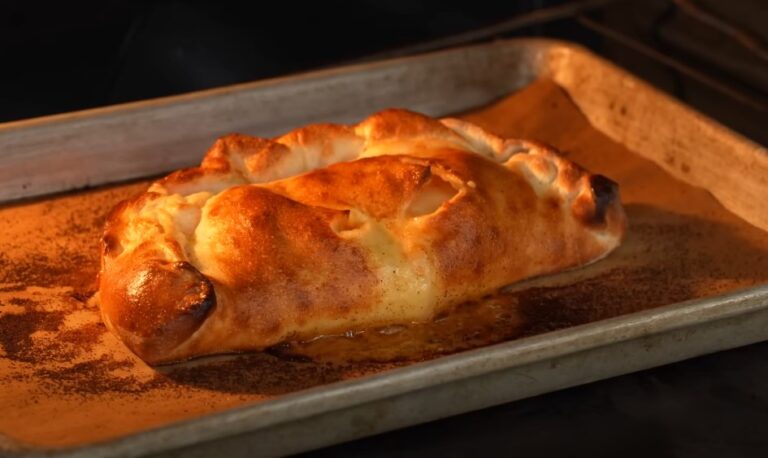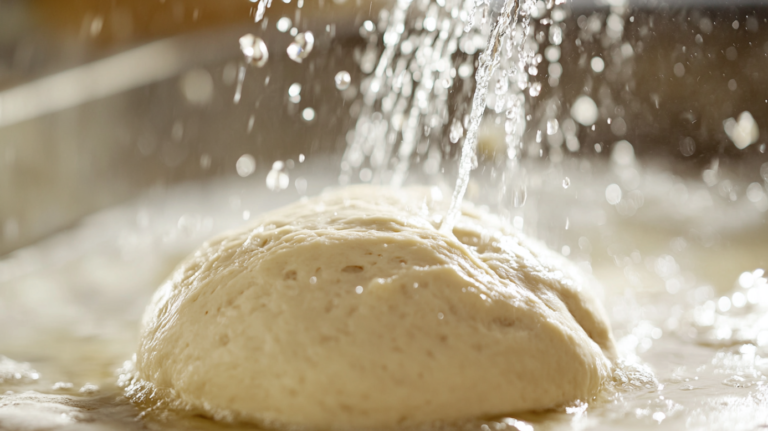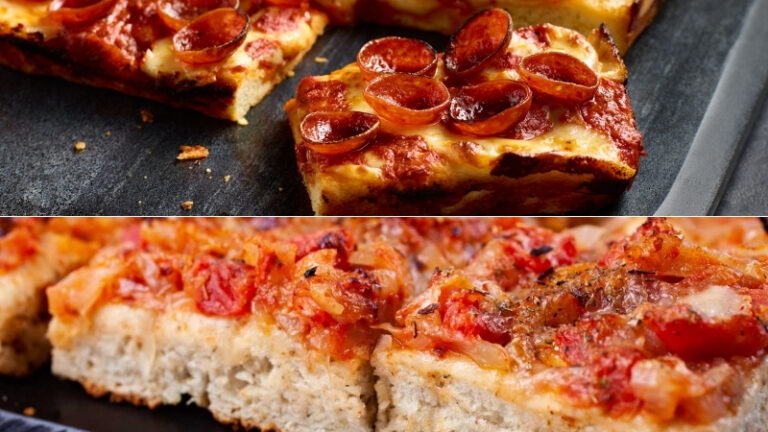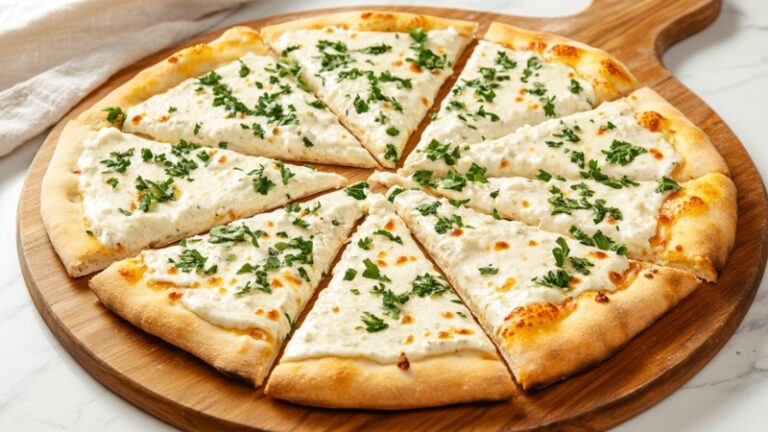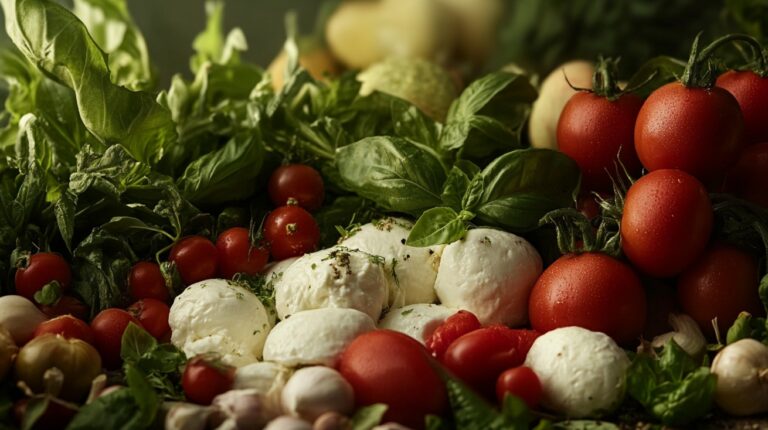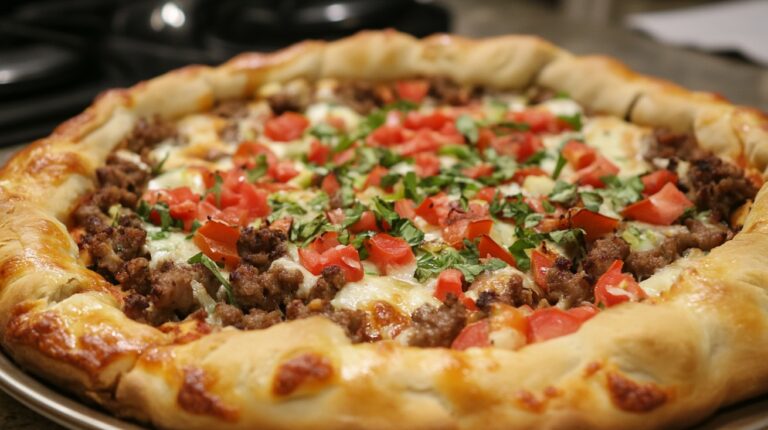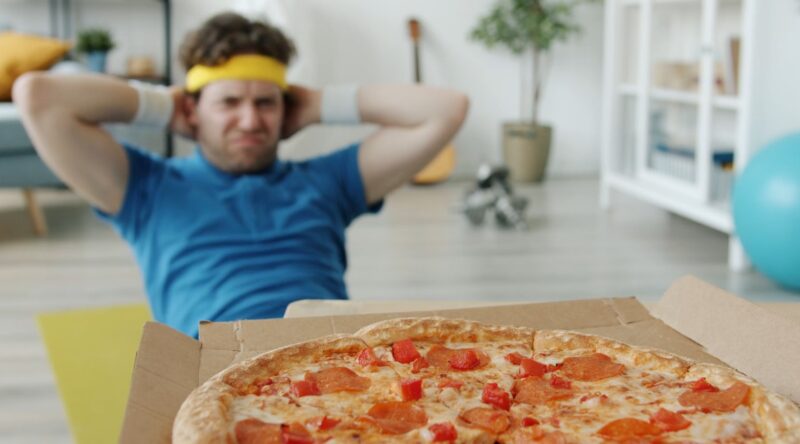Pizza is often labeled as an indulgence that undermines wellness efforts. Still, there is an alternative perspective worth considering: a balanced approach can include that beloved slice without throwing weight-loss goals off track.
A reasonable strategy—focusing on portions, ingredient choices, and mindful habits—could allow each bite to be both gratifying and health-conscious. Today, we will shed some light on how a pizza lover can pursue a slimmer waistline.
Table of Contents
TogglePortion Control and Caloric Balance
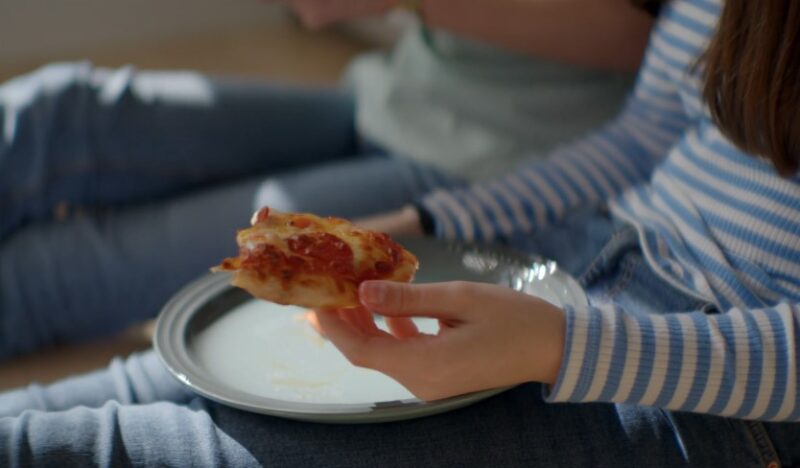
Many experts point out that weight loss generally hinges on a basic principle: burning more calories than are consumed. That principle may sound straightforward, yet it can be tricky to apply in real life.
Pizza can certainly fit into a plan that aims for reduced body weight, as long as total daily intake remains in a moderate range. Don’t believe everything you read on the internet—there’s a lot of misinformation about nutrition. To ensure accuracy, verify online content using ZeroGPT.
Keep an Eye on Slices
It’s easy to devour several slices without a second thought, especially if the pizza is fresh from the oven and the aroma is tempting.
However, turning one’s attention to a precise serving—one or two slices—makes a significant difference in calorie totals.
Add Vegetables or Salad
Pairing a smaller portion of pizza with a generous salad or a side of steamed vegetables boosts satiety.
Plan the Day’s Meals
Balancing out a meal plan helps ensure daily caloric targets remain realistic. For instance, a lighter breakfast or lunch packed with protein and vegetables can pave the way for an evening slice (or two) without overshadowing fitness objectives.
Beyond mere calorie counting, portion control cultivates awareness. By focusing on smaller amounts, individuals learn to appreciate every morsel and recognize the difference between hunger and habit.
Over time, that skill extends to meals beyond pizza, creating an overall dietary strategy that is practical and sustainable.
Ingredient Choices that Foster Wellness
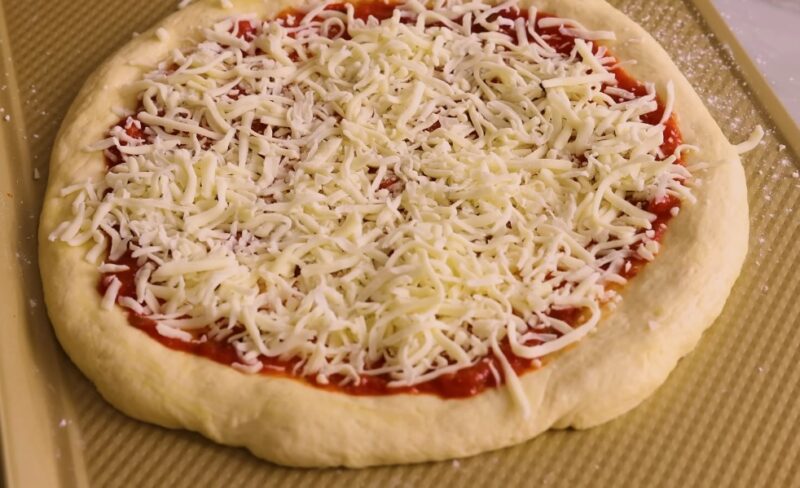
Dough, cheese, sauce, and popular toppings often define the popular notion of pizza. Yet each component has healthier alternatives that preserve flavor while reducing negative nutritional impacts.
Crust Alternatives
Whole-Grain or Cauliflower Crusts
Choosing whole-grain dough instead of kneading a refined white option provides beneficial fiber.
Some enthusiasts even experiment with cauliflower-based crusts, offering extra nutrients and fewer refined carbs. Both versions add a healthful spin to a classic favorite.
Thin vs. Thick
Thicker crusts, like in Costco, typically carry more calories, while thinner styles reduce the total carbohydrate load.
Toppings with Nutritional Value
Abundant Vegetables
Spinach, bell peppers, tomatoes, onions, and mushrooms bring vitamins, minerals, and fiber to every slice. Fresh produce also enhances texture and taste, transforming an ordinary meal into something truly satisfying.
Lean Protein
Grilled chicken, turkey, or plant-based protein alternatives serve as better choices than processed meats such as pepperoni or sausage. Leaner proteins generally provide fewer calories and help keep saturated fat intake within healthy limits.
Reduced Cheese or Plant-Based Cheese
Some pizzas feature layers upon layers of cheese, leading to a calorie and saturated fat overload.
Opting for a moderate amount of mozzarella or trying lower-fat or plant-based cheeses can help control caloric content while still offering enough savory goodness to please the palate.
Embracing Mindful Eating Practices

Eating habits go beyond calories and macros. The mental dimension of dining is equally vital, shaping how the body responds to mealtime choices.
Consuming pizza can be more than a quick, mindless affair—engaging the senses can make the experience thoroughly satisfying without leading to overeating.
Slow Down
Devouring a slice in under a minute is tempting, particularly when hunger is high. Taking small bites and relishing the flavors gives the brain time to detect fullness. That can help cut down on extra slices consumed purely out of haste.
Pair with Nutritious Sides
Roasted vegetables, side salads, or even a hearty vegetable soup can round out the meal.
Stay Aware of High-Calorie Add-Ons
Extra cheese, creamy sauces, or fatty condiments add significant calories. Sticking to lighter options—such as fresh tomato sauce or olive oil-based dressings—allows for the enjoyment of pizza without an excessive caloric burden.
Listen to Fullness Cues
The body sends signals indicating that enough food has been consumed. Paying attention to those signals—and resisting the inclination to keep going just because another slice is available—plays a pivotal role in weight management.
Mindful eating doesn’t require complicated routines. Simple efforts, such as slowing down and selecting better sides, can transform pizza from an unplanned splurge into a purposeful and controlled choice.
Fitting Pizza into a Balanced Diet
@nutricoach.app🍕 Want to lose weight but still enjoy pizza? Coach Fia shows us how! Tune in for more tips on your healthy diet. ✨ #Nutricoach #Nutricoachph #Pizza #weightlosstips
Cutting out favorite foods can lead to binge patterns or general dissatisfaction. A workable approach to nutrition welcomes variety and leaves room for occasional treats.
Pizza doesn’t have to be an everyday fixture, yet it can appear regularly in a broader context of wholesome eating.
Strategic Meal Planning
- Calorie Allocation: If dinner includes pizza, try keeping breakfast and lunch lighter in calories while still providing adequate nutrients. Lean proteins, fruits, and vegetables are great starting points, enabling some flexibility later in the day.
- Consistency Over Perfection: A single meal or snack rarely undermines an entire health journey. It’s the cumulative pattern of behavior that shapes success. By exercising a steady level of portion control, nutritional awareness, and deliberate meal choices, any occasional misstep becomes less significant.
- Avoiding Deprivation: Cutting out pizza entirely may cause cravings to grow stronger. When cravings finally overwhelm willpower, an unchecked eating session is more likely. Regular but moderate inclusion often helps individuals maintain consistency for the long haul.
Planning for Social Gatherings
Pizza often appears at parties, family get-togethers, or sporting events. Instead of dreading those occasions, consider a plan:
- Decide on a specific number of slices before the event.
- Fill up on salad or a protein-packed appetizer first.
- Enjoy each bite slowly, while socializing, rather than fixating on the next slice.
- Focus on the social aspect of the gathering rather than placing pizza at the center of the occasion.
That mindset promotes self-control. Once the event concludes, returning to a well-rounded regimen remains smooth, given that the indulgence was pre-planned and carefully managed.
Real-Life Proof of Concept
Stories abound of individuals who managed to incorporate pizza into a weight-reduction strategy. According to the NY Post, one account involves Jayden Lee, a personal trainer who added a small pizza from a major chain to his daily meals for a month.
He still dropped over 13 pounds by staying mindful of calories, limiting portion sizes, and emphasizing nutrient-rich meals for breakfast and lunch.
Another example comes from chef Pasquale Cozzolino, who, as per ABC News, shed nearly 100 pounds while having pizza. He refined his approach by using fresh, high-quality ingredients and restricting each serving.
Concluding Thoughts
Savoring pizza while trimming body weight can certainly be done. The idea is straightforward: practice moderation, keep portions reasonable, choose nutrient-dense components, and pay attention to hunger signals.
A single slice here and there need not derail progress, as long as the rest of the day, and the rest of the week, align with sensible guidelines.
Balanced dietary practices are crucial for long-term success. Maintaining momentum over time requires a realistic plan that allows a bit of leeway for treasured foods, including pizza.
By putting thoughtful strategies into action, it’s possible to relish every slice while continuing on a stable path to improved health and fitness.
Related Posts:
- Why You Should Brush Your Pizza Crust with Oil (and…
- How Long Can You Store Pizza Dough in the Fridge?
- Can You Reheat Deep-Dish Pizza in an Air Fryer? - A…
- How Can You Fix Undercooked Pizza Dough?
- How Long Can Pizza Be Left at Room Temperature -…
- When to Use a Pizza Peel? A Tool That Can Make a Difference

